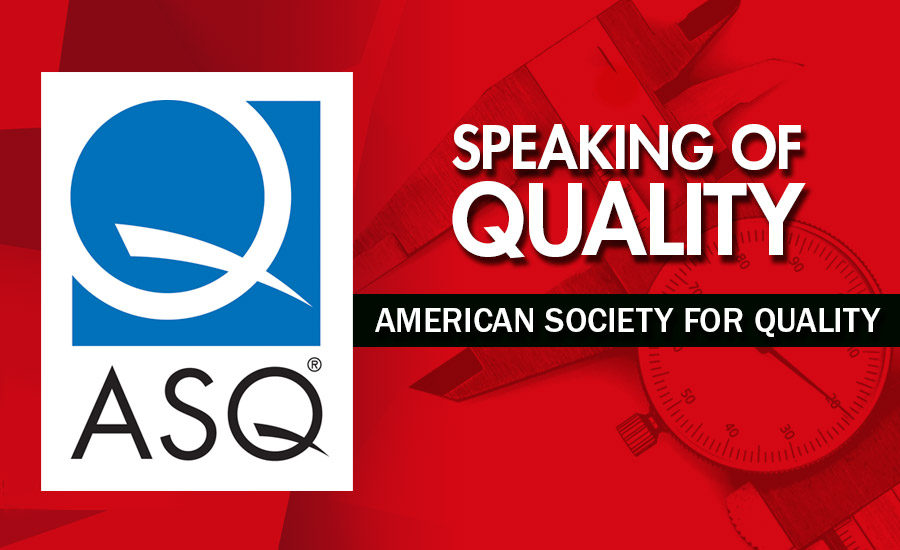Audit Day Fumble in the Calibration Lab
Don't let it happen.

Years ago, I operated and managed the calibration operation at a small medical device site. One day an auditor found a 0 – 12 SLPM rotameter with an expired calibration label. When I checked the calibration record, I found that the instrument had been calibrated on time, but I had forgotten to apply an updated label. This was easy to fix, but it caused anxious moments with the auditor when he decided to sample additional gages. We all get busy with our daily tasks and sometimes miss a step. Does this sound familiar? Misses like this don’t seem to be a big deal, until that day we arrive at work and find an unannounced audit in process at our facility. Wouldn’t it have been nice if this incident had simply been prevented?
Which areas get the most attention during an audit? The correct answer is “areas that generate records.” Calibration labs generate a lot of records! How would you like to have your lab in a constant state of readiness? Please allow me to share my method. Audit day fumbles should be a thing of the past if you put the following suggestions into practice.
Identify calibration subject matter experts (SME). Typically, SMEs are employees who are knowledgeable of the process and the facility and can convey their knowledge clearly. SMEs should also be able to remain calm under pressue and think on their feet.
Map the process, create slides, and present a facility map to the auditor. Sometimes findings occur because the auditee hasn’t clearly described the process to the auditor. The combination of the process and facility maps clearly shows the calibration process work flow.
Show the auditor paper versions of procedures and records. Request controlled paper copies of the calibration procedure and instructions in advance of the audit. I do not recommend allowing the auditor to peruse electronic versions of the document because they will be able to use the search function and document links. Make the auditors work for what they get.
Use RFID markers on individual gages and storage containers. Have you ever tried to recall M&TE for calibration and the owner just can’t seem to locate it? RFID markers ensure that equipment in your calibration management system can be located. However, despite effort, equipment is lost every month. Don’t wait on the equipment owner to look for the gage. Send a missing gage memo to the equipment owner. Get management involved. Lab management and area managers should do a series of organized searches of the facility focused on calibrated equipment. I recommend doing this once a week. Open every drawer and cabinet. Search for calibrated, uncalibrated and “missing” equipment. Lost and overdue equipment always seems to surface during an audit! Make sure this doesn’t happen in your facility.
Work with finance to get a list of financial transactions for purchases made by the calibration lab. We all use outside suppliers for calibration services. Are they qualified and on the approved supplier list? Do you measure their performance? Review each transaction and confirm whether the purchase is QMS relevant. Work with supplier quality and procurement to ensure calibration service providers are on the approved supplier list and that each meets internal qualification requirements.
Create a written process for review of calibration certs received from a supplier. Many companies simply file the cert and begin using the gage. When the auditor examines certifications, they invariably find a cert with “as found/as left” readings which were out of specification or that the equipment did not conform to internal accept/reject criteria. Make sure the information meets your internal calibration requirements. The review should be approved in writing and verified by a second reviewer.
Make sure reference standards should be calibrated and traceable to NIST and stored adequately to prevent wear, damage and corrosion due to changes in temperature and humidity. Environmental requirements should be documented and monitored. Calibration records should demonstrate that calibration was not performed when environmental conditions exceeded limits.
Write job description for each calibration lab position. Job descriptions are normally the responsibility of human resources. Ensure that each technician meets all requirements. Next, ensure that every employee has a written training plan and that employees are current to plan.
Test the process. Don’t wait for an external audit or inspection. Practice one or two elements of this process every week. How you practice is how you will play.
Create a written readiness plan. Add each of the bullet points above to the readiness plan and spend time on it every week.
Despite best efforts, auditors find things. It is their job. Why wait until audit day to uncover problems? In the words of Walt Disney, “The way to get started is to quit talking and begin doing.”
Looking for a reprint of this article?
From high-res PDFs to custom plaques, order your copy today!






